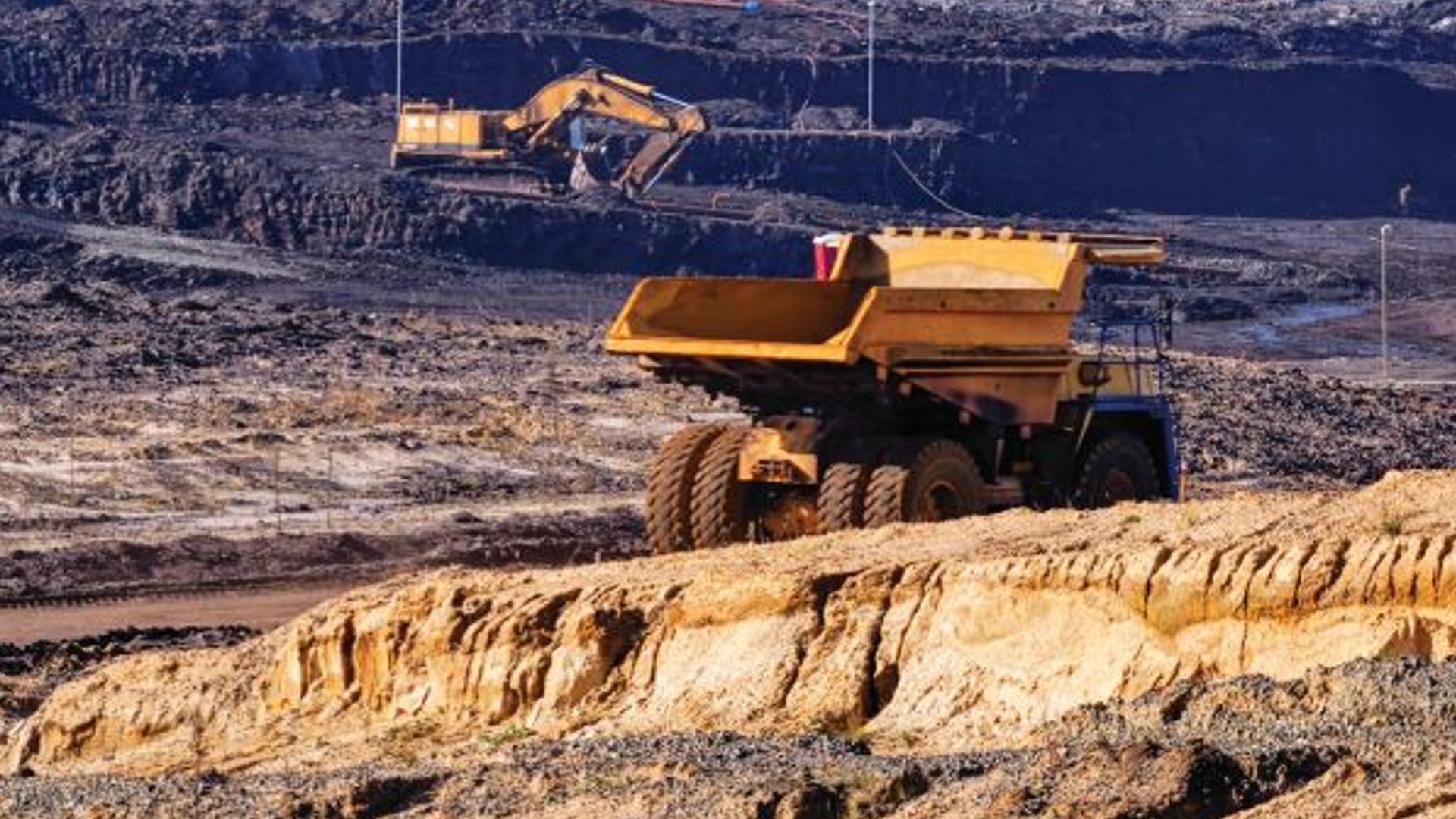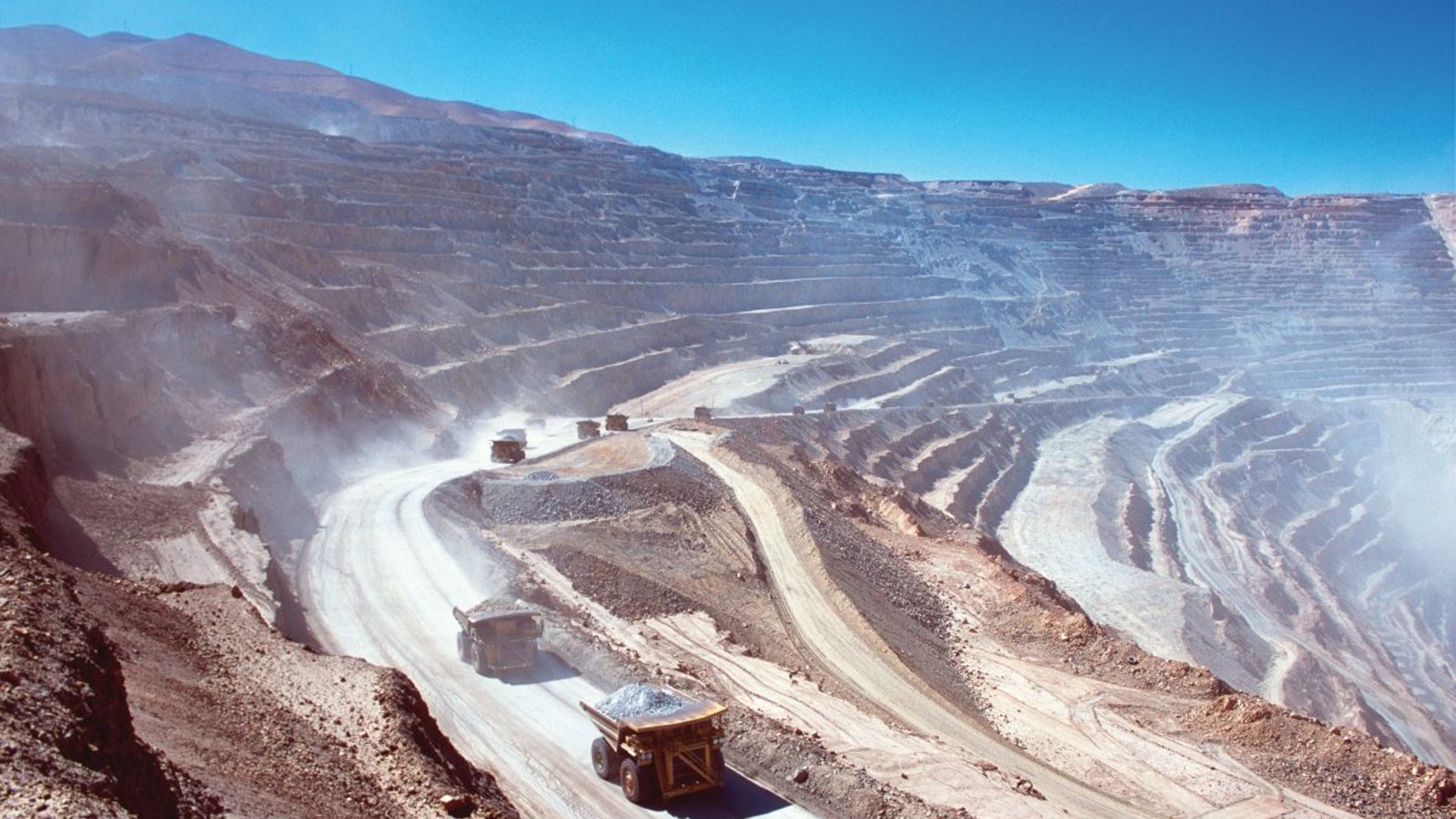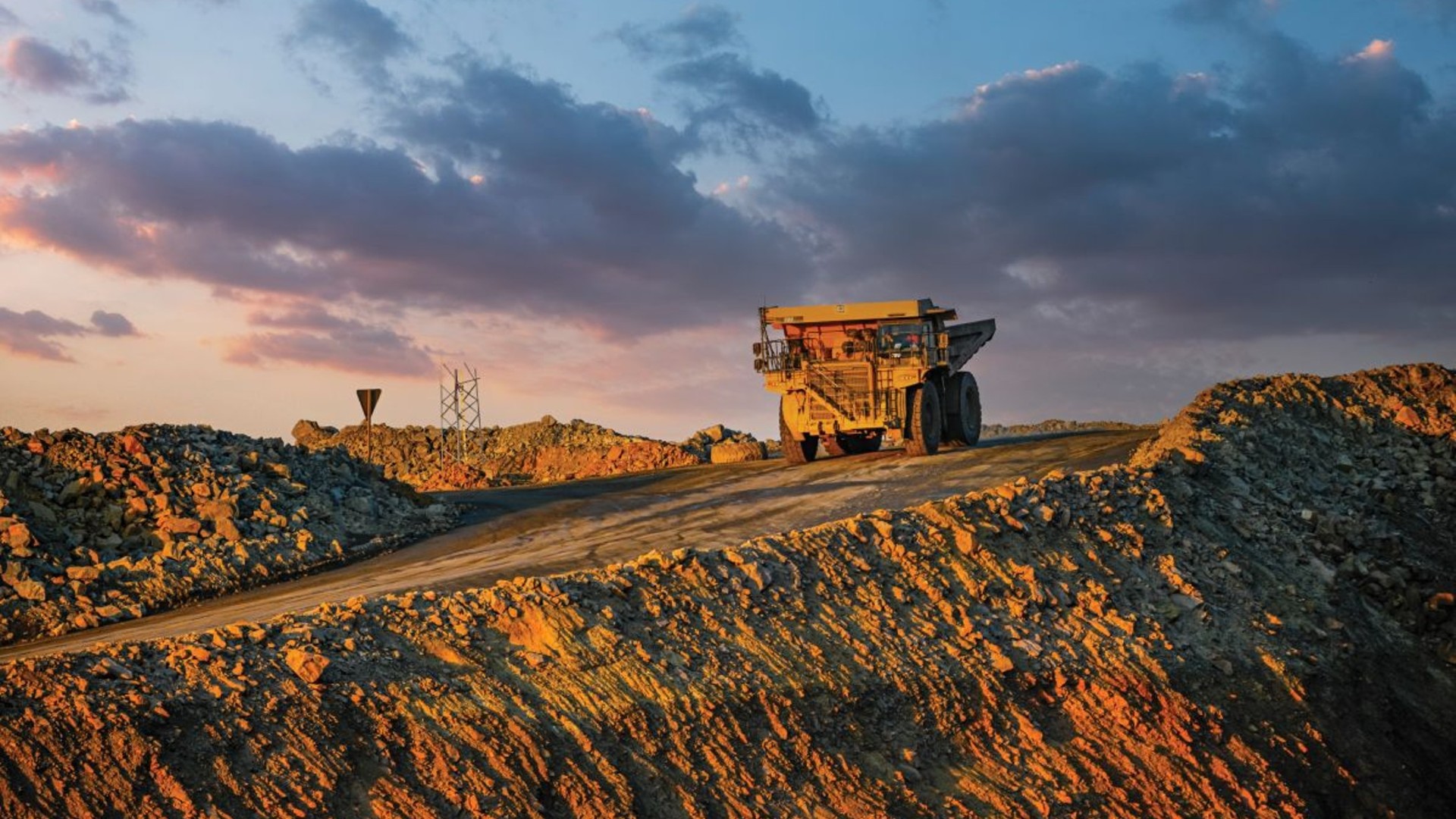Eliminating the Obstacles to Longer Engine Life
“We operate in a fiercely competitive global business and we will be run down by our competition if we don’t stay ahead of the innovation curve.”
These unambiguous words from Chris Salisbury, chief executive of Rio Tinto’s iron ore business, focus precisely on the mining giant’s strategy – a relentless drive for improved productivity, with innovation and technology at the core.
Rio Tinto last year celebrated its 50th year of exports from the Pilbara region in Western Australia, and in 2017 shipped its five billionth tonne of iron ore.
“When you consider that a little over 50 years ago there was no iron ore industry in the Pilbara, the development of our business over the past five decades epitomises pioneering progress,” Salisbury said.
It has cost Rio Tinto $40 billion to build its iron ore export machine – 16 mines, 370 haul trucks, 110 excavators and loaders, 200 locomotives, 1700 km of rail, 450 km of conveyors – the list goes on.
Rio Tinto operates around 450 high horsepower Cummins engines in the Pilbara, the richest iron ore country in the world where vast plains of red prehistoric earth are parched by fierce, saturating heat. In 2017, Rio Tinto’s production will hit 330 million tonnes from its 16 mines.
Diesel is currently being used at a rate of 850 million litres a year in the miner’s iron ore operations, 63% which is consumed by heavy mobile equipment such as haul trucks, excavators and loaders, 30% by locomotives and 7% by light vehicles.
CHASING POWERTRAIN TECHNOLOGY.
It’s not surprising then that Rio Tinto is chasing powertrain technology that achieves the lowest possible fuel consumption, a task that is firmly in the grasp of Hugh Carlisle, Specialist Engines for Rio Tinto’s Asset Management & Engineering Services, HME Engineering team.
Explaining Carlisle’s expertise is simple: His knowledge of engines, especially fuel systems, is second to none. Much of his inventive work on fuel systems was carried out during 18 years with Orbital Corporation in Perth, where he headed up fuel systems and project engineering.
At Rio Tinto, his key responsibilities include delivering an engine technology roadmap that not only reduces fuel consumption but also increases engine life and service intervals.
Carlisle is confident he has the technology roadmap in place: Rio Tinto has established a partnership with Cummins and Komatsu that will see over 200 Komatsu 830E and 930E haul trucks upgraded with the latest technology Cummins QSK60 engines in the next few years.
FUEL SAVINGS WORTH MILLIONS.
“Our data is showing an 11% fuel saving with the technology we have implemented through our work with Cummins and Komatsu,” says Carlisle, noting that fuel accounts for 70% of an engine’s life cycle costs.
This kind of fuel saving is far-reaching both in terms of cost reduction – worth millions of dollars a year – and also greenhouse gas (GHG) emissions reduction. Not only that, diesel particulate emissions with the latest generation Cummins QSK60 engine are massively reduced by 63% which means less soot loading in the oil, less visible smoke and reduced particulate exposure.
The QSK60 in question is the newly-engineered MCRS ‘Advantage Plus’ version that combines component technology from both Cummins’ Tier 2 and Tier 4 Final engines. One of the technology keys is the high-pressure modular common rail fuel injection system (MCRS).
In fact, as Hugh Carlisle puts it: “MCRS is the technology roadmap for our truck upgrade project, primarily for its benefits of reduced operating and maintenance costs.”
In Rio Tinto’s fleet, the QSK60 MCRS Advantage Plus engine is replacing the earlier generation QSK60 which has the HPI unit injection fuel system. Rio Tinto data is showing a 5.5% fuel saving with the upgrade from HPI to MCRS Advantage, while Komatsu’s technology package takes the total saving to 11.2%.
“We are currently achieving full engine life with MCRS fuel injectors in our excavators and loaders, and we are hoping to achieve the same on haul trucks in the longer term,” says Carlisle.
WORLD FIRST FOR RIO TINTO.
A world-first for Rio Tinto is the 2700 hp rating for the single-stage QSK60 MCRS Advantage Plus engine – 2700 hp was previously available only with the QSK60 that uses dual-stage turbocharging to achieve a maximum rating of 3000 hp as well as efficient operation at high altitude.
The 2700 hp single-stage calibration is for Rio Tinto’s Komatsu 930E fleet, while its 830E trucks will have the single-stage 2500 hp rating. “We will now have standardisation across our 830E and 930E fleets … one engine with exactly the same hardware except for the calibration,” says Carlisle. He adds that the single-stage power module is one-tonne lighter over the front axle meaning extra payload for the 930E trucks. The simplified turbocharger arrangement on the 2700 hp MCRS Advantage Plus engine also means that the additional fire suppression required for the second stage of turbocharging is eliminated, simplifying maintenance and improving standardisation with the 830E.
“The level of concurrent engineering from Cummins and Komatsu on this project, both locally and from the respective factories, has been exceptional,” he says with conviction.
Pilot installation of the QSK60 MCRS Advantage Plus engine was carried out by Cummins and Komatsu at Rio Tinto’s Nammuldi iron ore mine which has 37 Komatsu 930E-AT haul trucks – all autonomous (driver-less) units. In total, the miner has close to 100 autonomous trucks in the Pilbara, and the numbers continue to increase.
MONUMENTAL STEP IN TECHNOLOGY.
“We have the largest fleet of autonomous haul trucks in the world, and that technology is now being matched by our powerplant development,” Carlisle asserts. “This development is a monumental step for our business – reduced life cycle costs, simplified maintenance, and establishment of a technology platform that will take us into the future.
“When you look at the baseline Cummins QSK60 HPI engine and where we are at today with Cummins MCRS Advantage Plus, we’ve essentially made a leap of 16 to 17 years in engine and lubricant technology. A new engine oil from Shell that trials have shown to significantly reduce lead wear is also being introduced concurrently,” says Carlisle.
“Our technology footprint is now consistent with where Cummins and Komatsu are going with Tier 4 Final emissions. Although we’re in a non-emission environment in Australia, there’s a lot of discussion happening about emissions so our technology is consistent with where our future purchases are likely to be.”
LONGER LIFE TO OVERHAUL.
Extension of life-to-overhaul is another possibility with QSK60 MCRS Advantage. “With our truck fleet we’re currently at 36,000 hours with both our HPI and MCRS engines,” he says, noting that life was previously set at 28,000 hours and before that 25,000 hours. “However, I believe MCRS Advantage Plus has the potential to get to 40,000 hours and in the long term that’s probably where I see us heading.”
Extended service intervals of 1000 hours – up from the previous 750 hours – are already in place for the truck fleet. “Filtration efficiency is critical,” Carlisle emphasises. Key elements in the 1000-hour intervals are the Cummins Eliminator oil filtration system (replacing traditional spin-on filter elements) and increased engine oil capacity. A 261-litre sump combined with a 113-litre reserve oil system has now been replaced by a full-length 378-litre oil pan on the QSK60 MCRS Advantage Plus engine – another measure for simplified maintenance.
All the QSK60 MCRS Advantage Plus engines for Rio Tinto will be remanufactured units, supplied by the Cummins Master Rebuild Centre in Perth. They are distinguished by their blue paint so that Rio Tinto technicians, as soon as they walk up to a truck, have a visual key as to what they’re working on – important from a safety standpoint with the high-pressure MCRS fuel system. The same blue paint is also used on trays to distinguish haul trucks in the Rio Tinto fleet that have increased GVM due to a new tyre from Michelin.
Hugh Carlisle is precise in his summation: “The whole package we’ve been working on with Cummins and Komatsu ticks all the boxes for Rio Tinto in terms of our technology road map, lowering life cycle costs, simplifying the product and improving maintainability and serviceability.”
PrevenTech used to extend oil and filter life while ensuring engine health.
PrevenTech’s advanced analytics helped identify root causes of slow speeds and recommended optimized maintenance actions.
PrevenTech’s predictive analytics detected early signs of injector wear to help prevent injector failures.


